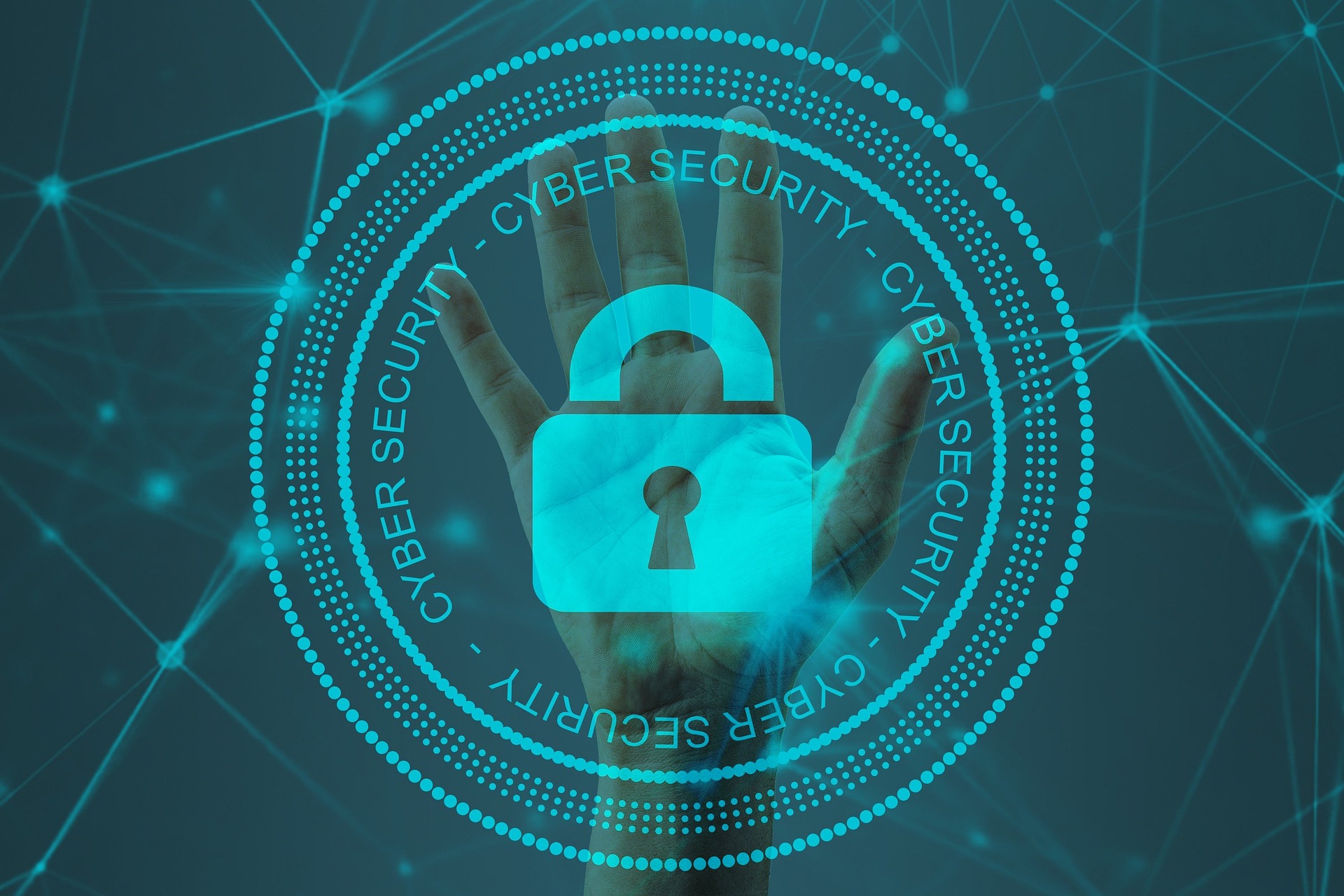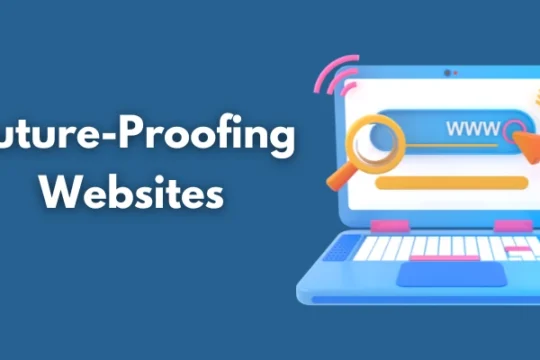
Account takeover fraud seriously threatens businesses of all sizes and industries. It can cause financial loss, brand damage, and identity theft, among other things.
This type of fraud can be prevented by educating employees on the importance of choosing strong, unique passwords that are difficult to guess. They must also be aware of phishing attacks.
Table of Contents
Hackers can Cain Access to a Large Number of Accounts in a Short Period
Hacking is a method to break into computer systems and networks to steal data, corrupt files, or disrupt activities. This can be done through phishing scams, social engineering, or malware infection.
While hackers typically target systems to gain access to sensitive data, they can also use their skills for social activism. This is known as hacktivism and is fueled by a desire to change the world.
There are four reasons hackers attempt to break into computers and networks: criminal financial gain, gaining street cred and burnishing one’s reputation within the hacker subculture, corporate espionage, or a desire to affect change in the world.
Phishing, a form of fraud where hackers send emails that appear to be from legitimate organizations that prompt users to enter their credentials, is the most common way for hackers to gain access to accounts. It involves a malicious email attachment that contains malware and an embedded link to a bogus website where users enter their usernames and passwords.
In addition to phishing, hackers can also leverage brute-force attacks. This attack uses automated software to try billions of combinations for a single username and password. Examples include dictionary attacks, where they feed a list of words or compromised credentials into the software and then try them against many sites.
The Threat is Growing
Cybercriminals aim to hack into online accounts and use them for fraud. They can steal funds, deplete gift cards and loyalty points, redeem airline miles, submit fraudulent credit applications, plant ransomware or other malware, and more.
These attacks can devastate businesses of all sizes, as they can cause significant losses. They also put an organization’s reputation at risk.
According to a new report by the fraud management company, account takeover attacks are rising. These attacks ranked as the fourth most frequent type of cybercrime last year.
As a result, companies need to be aware of this threat and ensure that their security policies are up to date. This will help to protect against account takeovers and prevent financial fraud.
It recommends implementing best practices and educating employees about avoiding these attacks to mitigate this risk. Implementing more robust authentication methods, such as two-factor authentication, is also essential.
In addition, organizations should use a system that uses fraud rules and machine learning to detect suspicious behavior. This helps to detect and mitigate any threats in real-time. For example, it can look for signs of logins coming from countries or regions with high levels of identity theft. It can also identify abnormal behavior after authentication, such as suspicious spending habits or unusual patterns in account usage.
There are Many Ways for Cybercriminals to Gain Access to Your Accounts
Hackers have many ways to get into your accounts, from social engineering and malware to credit card skimming. They often work with the latest tools to stay one step ahead of antivirus software and anti-malware programs.
Creating strong passwords that are at least 12 characters long and include numbers, letters, and special symbols can help keep you safe. Using a password manager and changing your passwords regularly is also a good idea.
Another way for cybercriminals to gain access to your accounts is through phishing scams. These email messages look like they come from a trusted company or person and ask for personal information such as passwords, PINs, bank account numbers, or other sensitive data.
Phishing is a common form of online scamming and can be challenging to recognize. The most common phishing scams ask you to click on a link or download an attachment, which can lead to malware or other security problems.
The most effective way to protect your personal and financial data is to practice good online safety habits. This includes using a VPN whenever you use public Wi-Fi and ensuring your devices are up to date with the latest operating systems and Internet-connected software.
Using social media responsibly is also essential to your online security. Make sure your accounts are private, and don’t share sensitive information in posts. This can be easy for a cybercriminal to find, especially if you reveal a name or pet’s name.
It’s a Severe Threat
Taking over an account means cybercriminals can use it for duplicitous activities such as fake payments, unauthorized online shopping, and excessive billing. These attacks can cause significant financial damage and cost businesses millions in losses.
The most common way to prevent an account takeover is to ensure that employees use proper credentials. This includes having a strong password, changing it frequently, and using a secure password manager. It’s also essential to have multifactor authentication on critical accounts.
Another effective defense is to monitor the number of login attempts being made. This will help identify if someone is trying to hack into your account, so you can act to protect it.
In some cases, attackers will try to scale their attack by using credentials from one website to take over user accounts on other sites. This method is called credential stuffing.
This is usually done using automated bots that test and attempt to access e-commerce, banking, and travel websites in the hope that users use the same username and password combination on more than one site.
Besides limiting login attempts, you can bolster your protections by utilizing time-tested practices, such as IP blocklisting and configuring rules. You can also implement AI technology to monitor suspicious activity and alert you when an account is compromised.



